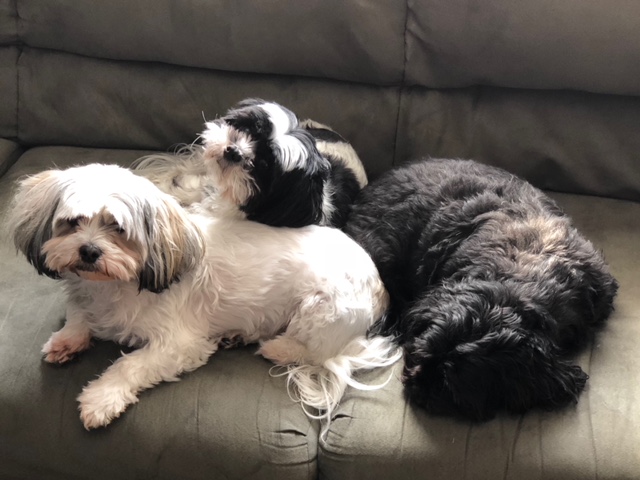Old writing adage: “I am not I, he is not he, they are not they.”
Never mention anything until it’s necessary.
Then do so as obliquely or as concisely as possible.
Pick a single story line to follow through. A person’s life. A goal fulfilled after hardship. Like that.
Learn what to narrate versus what to dramatize.
Think in scenes.
Think what point each scene makes and how it advances the story toward it’s known end scene. Some write those first. Especially in mysteries.
Narrate basics. Don’t spell out what everyone knows.
Dramatize and hint at the compelling stuff.
Others’ lives are always fascinating. No one’a is dull. Only presentation is dull.
Just start by writing individual scenes that come to mind. Get some done and you’ll start to get the hang of it.
Write about people, not characters.
Write as if to a person you know. Steinbeck advises that.
Pick a single person to address.
Be blunt and plain. No fancy moves. No hiding information. Vonnegut said that.
Choose the telling detail, not triplets or a cascade of similes.
It will prove beguiling. Fun. Thrilling even.
Capturing a memory or a story in a scene in plain language is wonderful.
Like Hemingway said, just write one true sentence. Then another. Keep going to end.
Speak dialogue aloud. Make it natural.
Write first drafts by hand.
Use a keyboard after that.
Phrase things as concisely as possible.
Use words you know but use the right words.
It’s hard-won. You’ll have to learn it all on your own.
Getting out of your own way is one hard thing.
Let it flow. First drafts can be as messy as they need or you want.
Think twice, write once.
Spacing should help clarity. Break up big lumps of text.
Craft leads to art.
Focus is your Zen.
Tell your stories while you can.
So ends my discourse.
My people will send the bill.
///

